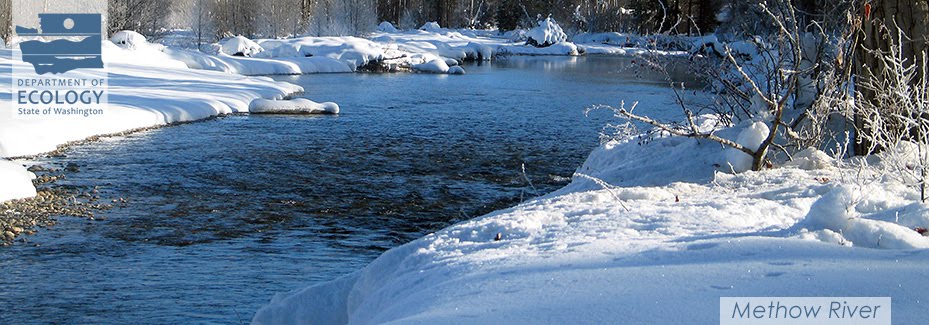The Washington King Tides Initiative, a collaborative effort between the Washington Department of Ecology and Washington Sea Grant, needs your help documenting King Tides along Washington’s shores. Pictures of King Tides offer a record of the changes to our coasts and shorelines. It’s a glimpse of what our daily tides may look like in the future as a result of sea level rise.
So, grab your camera and head out to the Puget Sound, Strait of Juan de Fuca, or Pacific Coast to photograph the highest seasonal tides.
What is a King Tide?
King Tides are the highest tides of the year. Washington’s King Tides usually occur in late December/early January and are driven by the position and distance of the moon and sun to the earth. The shape of bays and estuaries can magnify the intensity of tides and tidal range. In addition, low barometric pressure affects tidal height. King Tides bring unusually high water levels and can cause tidal flooding. These tides can last for several days and range anywhere between a few inches to several feet above normal.For example, due to low barometric pressure in the winter combined with the King Tide event, on January 5, Seattle’s water level is projected to reach +13.3 feet as compared to an average high tide range of +7 to +11 feet during summer high tides.
 Your photos give a glimpse of what the future may look like
Your photos give a glimpse of what the future may look like
Your photographs help scientists visualize the impact of rising waters on Washington’s coasts. Human and natural processes are constantly altering our shores and projections indicate that future sea level rise will intensify these changes. We want to continue capturing what happens during extreme high tides, and we need your help!Where and when
Below are the projected King Tide events for the 2014 Season and their corresponding water levels. Visit the Washington Department of Ecology’s website to see when and where King Tides are occurring in other locations: King Tide Map
Strait of Juan de Fuca
|
Dec
30
|
Dec
31
|
Jan
1
|
Jan
2
|
Jan
29
|
Port
Angeles
|
11:19
am, 8.5 feet
|
12:06
pm, 8.6 feet
|
12:59
pm, 8.5 feet
|
1:51
pm, 8.2 feet
|
12:04
pm, 8.2 feet
|
Puget Sound
|
Jan
4
|
Jan
5
|
Jan
6
|
Seattle
|
8:04
am, 13.3 feet
|
8:47
am, 13.1 feet
|
|
Everett
|
8:10
am, 12.8 feet
|
8:49
am, 12.5 feet
|
|
Olympia
|
8:07
am, 17.1 feet
|
8:49
am, 17.1 feet
|
9:32
am, 16.9 feet
|
Coastal Washington
|
Dec
31
|
Jan
1
|
Jan
2
|
Jan
30
|
Jan
31
|
La
Push
|
10:45
am, 10.0 feet
|
11:37
am, 10.2 feet
|
12:27
am, 10.2 feet
|
11:28
am, 10.1 feet
|
12:19
pm, 10.1 feet
|
Submit your pics
 Your pictures will be used in educational and outreach materials to raise awareness around the impacts of flooding, sea level rise, and how humans interact with these vulnerable coastal areas.
Your pictures will be used in educational and outreach materials to raise awareness around the impacts of flooding, sea level rise, and how humans interact with these vulnerable coastal areas.Below are three ways to share your photos. Most importantly, please share your photos on washington.kingtides.net and the Flickr group. Be sure to record the date, time, and location of each picture.
- Upload your picture to Washington’s Witness King Tides website at http://washington.kingtides.net. Scroll over “Get Involved” and then click on “Share your Photos.”
- Go to www.flickr.com to sign up for a free account, if you don’t already have one. Join the Washington King Tides Photo Initiative Group. Edit each photo in Flickr to include in the description, date, time, direction facing, and any recognizable structure or location.
- Upload your picture to Instagram from the location where you took the picture and use #kingtides.
Be safe
Take extra precautions when you walk on slippery areas or near big waves, and always be aware of your surroundings and the weather conditions.Don’t forget to upload your pictures on our Flickr group and Witness King Tides website!


No comments:
Post a Comment